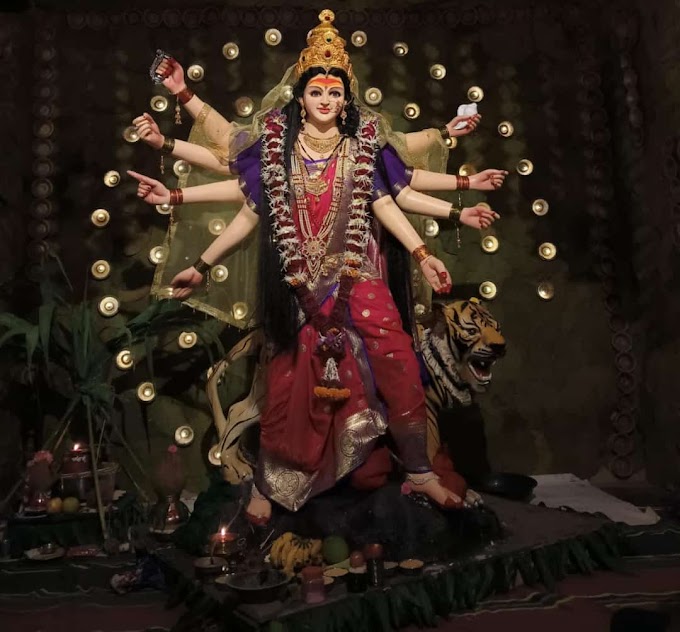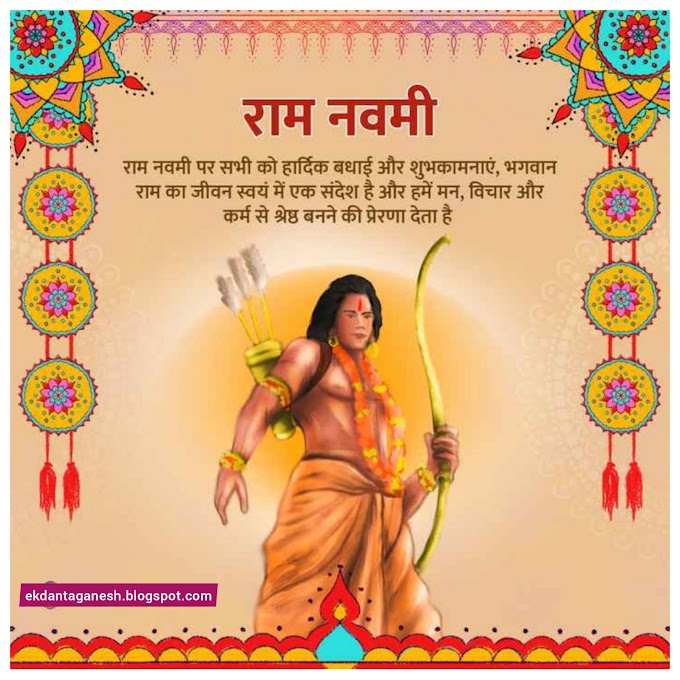Introduction:
Ashadhi Ekadashi is a significant festival celebrated in the state of Maharashtra, India. It holds immense cultural and religious importance, particularly among the devotees of Lord Vithoba or Vitthal, an incarnation of Lord Vishnu. This blog aims to delve into the significance of Ashadhi Ekadashi, the rituals and traditions associated with it, and the grand celebrations that take place in Maharashtra.
1. The Significance of Ashadhi Ekadashi:
Ashadhi Ekadashi falls on the eleventh day (Ekadashi) of the Hindu month of Ashadha. It is believed that on this day, Lord Vishnu goes into a deep slumber (Yoga Nidra) for four months, known as the Chaturmas period. Devotees seek blessings and embark on a spiritual journey to connect with the divine.
2. Rituals and Observances:
a. Fasting: Devotees observe a strict fast on Ashadhi Ekadashi as a mark of devotion and penance. It is believed that fasting on this day helps in cleansing the mind, body, and soul.
b. Palkhi Procession: The most prominent feature of Ashadhi Ekadashi is the grand procession known as the "Palkhi" or "Wari." Devotees undertake a pilgrimage to the holy town of Pandharpur, where the temple of Lord Vithoba is located. They carry the "Palkhis" (palanquins) of various saints and gather in large numbers to seek blessings.
3. The Wari Tradition:
The Wari tradition is a unique aspect of Ashadhi Ekadashi celebrations. Devotees, known as "Warkaris," travel long distances on foot, singing devotional songs and chanting the name of Lord Vithoba. The Warkaris display unwavering faith and devotion, enduring physical hardships during the pilgrimage.
4. Abhangs and Bhajans:
Devotional songs, particularly Abhangs (devotional poetry) composed by saints like Sant Tukaram, Sant Dnyaneshwar, and Sant Namdev, play a significant role in Ashadhi Ekadashi celebrations. These soul-stirring compositions reflect the essence of devotion and love for Lord Vithoba.
5. Cultural Extravaganza:
Apart from the religious fervor, Ashadhi Ekadashi is also a time for cultural celebrations. Various cultural programs, folk dances like Lavani, and traditional music performances are organized during this period, adding joy and enthusiasm to the festivities.
6. Conclusion:
Ashadhi Ekadashi holds a special place in the hearts of Maharashtrians as a celebration of faith, devotion, and unity. It brings people together, transcending caste, creed, and social barriers. The festival is a beautiful blend of spirituality, music, and cultural heritage, making it an integral part of Maharashtra's rich cultural tapestry.
As we celebrate Ashadhi Ekadashi, let us embrace the spirit of devotion, seek inner peace, and strive for a deeper connection with the divine. May this auspicious day bring joy, blessings, and prosperity to all.
(Note: This blog is a general overview of Ashadhi Ekadashi in Maharashtra. It is advisable to refer to specific regional customs and practices for a detailed understanding of the festival.)









